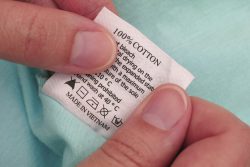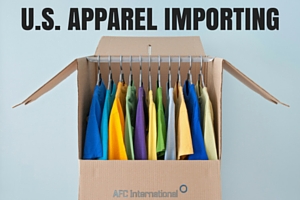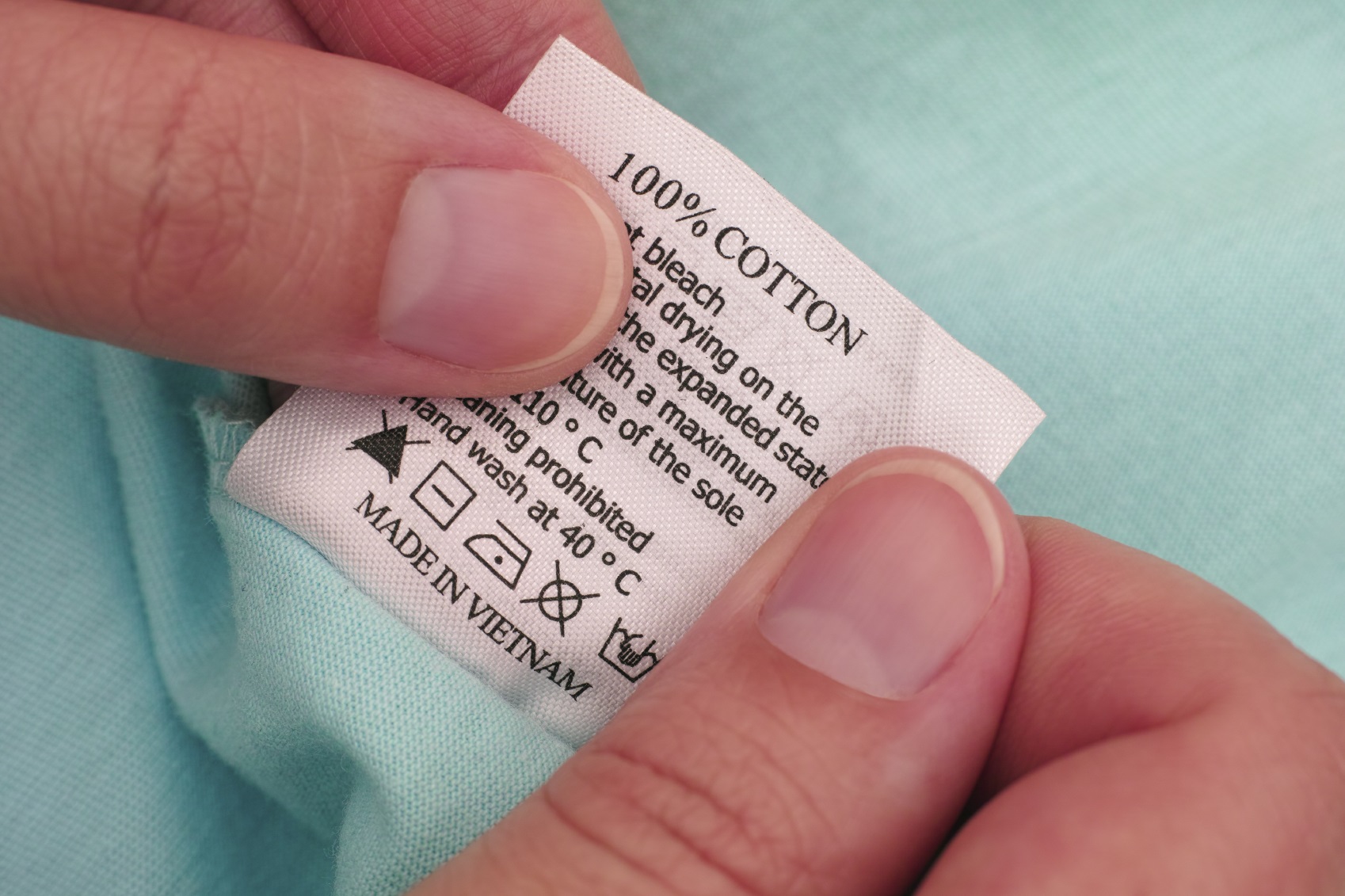Clothing rules. Clothing and other apparel imports are big business in the United States. Apparel tops the U.S. imports list each and every year. Since the U.S. imports $80 billion on average in clothing and other apparel each year, it’s important to make sure you are complying with the Care Labeling Rule. We can help you work through that rule and the apparel imports process. Here’s what you need to know.

Clothing Compliance Agencies
All goods accessible for entry into the U.S. must be declared first by the U.S. Customs Border Protection (CBP). Importers generally choose to hire Licensed Customs Brokers to handle import compliance for their clothes. That’s because apparel has many other agencies to deal with to attain import compliance. Here are the other agencies you need to know about:
- Consumer Product Safety Commission (CPSC) – The CPSC inspects all children’s products and tests clothing for flammability regulations and hazardous substances.
- Environmental Protection Agency (EPA) – The EPA tests for pesticides and toxic substances.
- Federal Trade Commission (FTC) – The FTC analyzes clothing and advertising labels.
- S. Department of Agriculture (USDA) – The USDA inspects organic clothing claims.
What’s the Care Labeling Rule?
The CBP and the FTC combine forces to enforce apparel labeling laws in the U.S. The Care Labeling Rule mandates imported apparel products in the U.S. must be labeled with the following information:
- Fiber content
- Country of origin
- Manufacturer identity
- Care instructions

Tag, You’re It
Apparel coming into the U.S. is inspected. A lot. That’s why it’s important to make sure your imported clothes and apparel have the proper tags and labels. Labels and tags must be attached to all apparel entering the U.S. Here’s another important label reminder for U.S. apparel imports we will bold for you: All labels must be written in English.
The FTC will deny the apparel if it finds the clothing labels are deceptive, misbranded, incorrect or falsely advertised. That’s why it’s important to:
- Label the percentages by weight of the clothing fibers correctly and accurately.
- Label the product as containing rayon specifically if it is contained the product.
- Disclose products containing fur on the label and disclose the name of the animal and the country it came from.
- Label all apparel with care labels.
Seeking other advice for apparel importing? The Bible for U.S. apparel importing, courtesy of the U.S. Departments of Commerce, can be found here.
Know Where the Labels Go
Labeling is key. So is knowing where the labels go on the apparel to make sure you receive U.S. import compliance. Here’s your cheat sheet:
- Shirts with a neck must have labels affixed to the inside center of the neck midway between the shoulder seams. Other clothes require labels on either the inside or outside of the product.
- Packaged hosiery products don’t need a label on each piece of hosiery, just on the packaging.
- Socks must be marked on the front of their packages adjacent to the sock size designation.
- T-shirts must have labeling both on the packaging and on the shirts.
Time For Clearance

Keep in mind that Licensed Customs Brokers can oversee the apparel import process for you. Now that you know how to handle the Care Labeling Rule, working with a Customs Broker is the best way to make sure your apparel passes all of its inspection paperwork and import process hurdles.
AFC International will oversee the entire apparel import entry level process, making sure you stay compliant with the Care Labeling Rule so you can focus on the fast-paced U.S. import apparel business. Call us at 800-274-2329 or get a quote today to get started!


Leave a Reply
You must be logged in to post a comment.